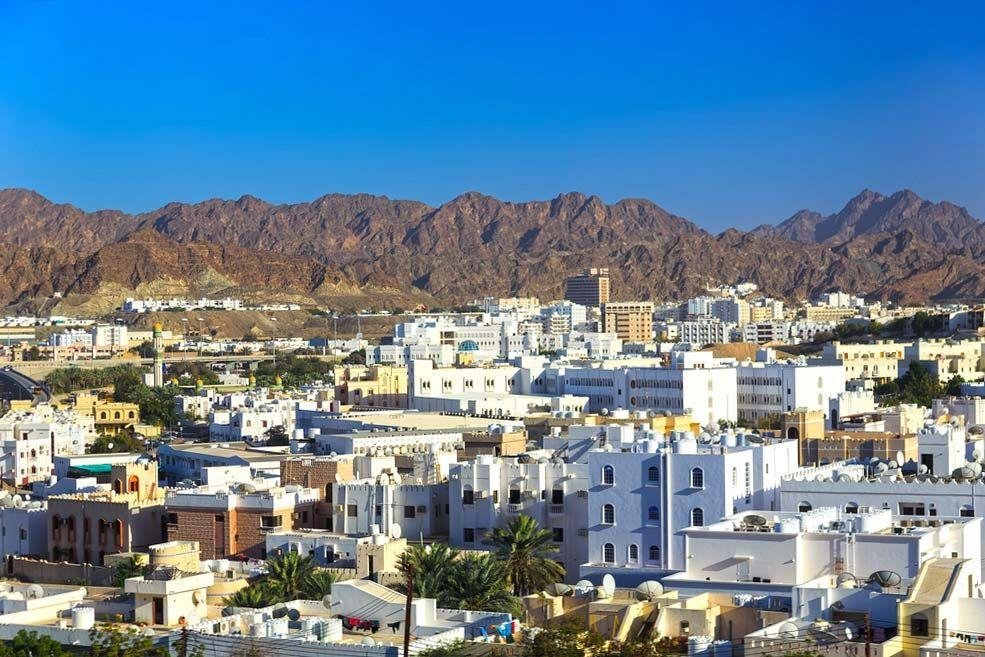Muscat, the capital city of Oman, is a captivating blend of traditional Arabian architecture and modern design, reflecti...
The Architectural Heritage of Sharjah: A Cultural Mosaic
Sharjah, the third-largest emirate in the United Arab Emirates, is renowned for its rich cultural heritage and architectural diversity. Often referred to as the cultural capital of the UAE, Sharjah boasts a unique blend of traditional Islamic architecture and modern design. The emirate's commitment to preserving its history while embracing contemporary innovation is evident in its skyline.
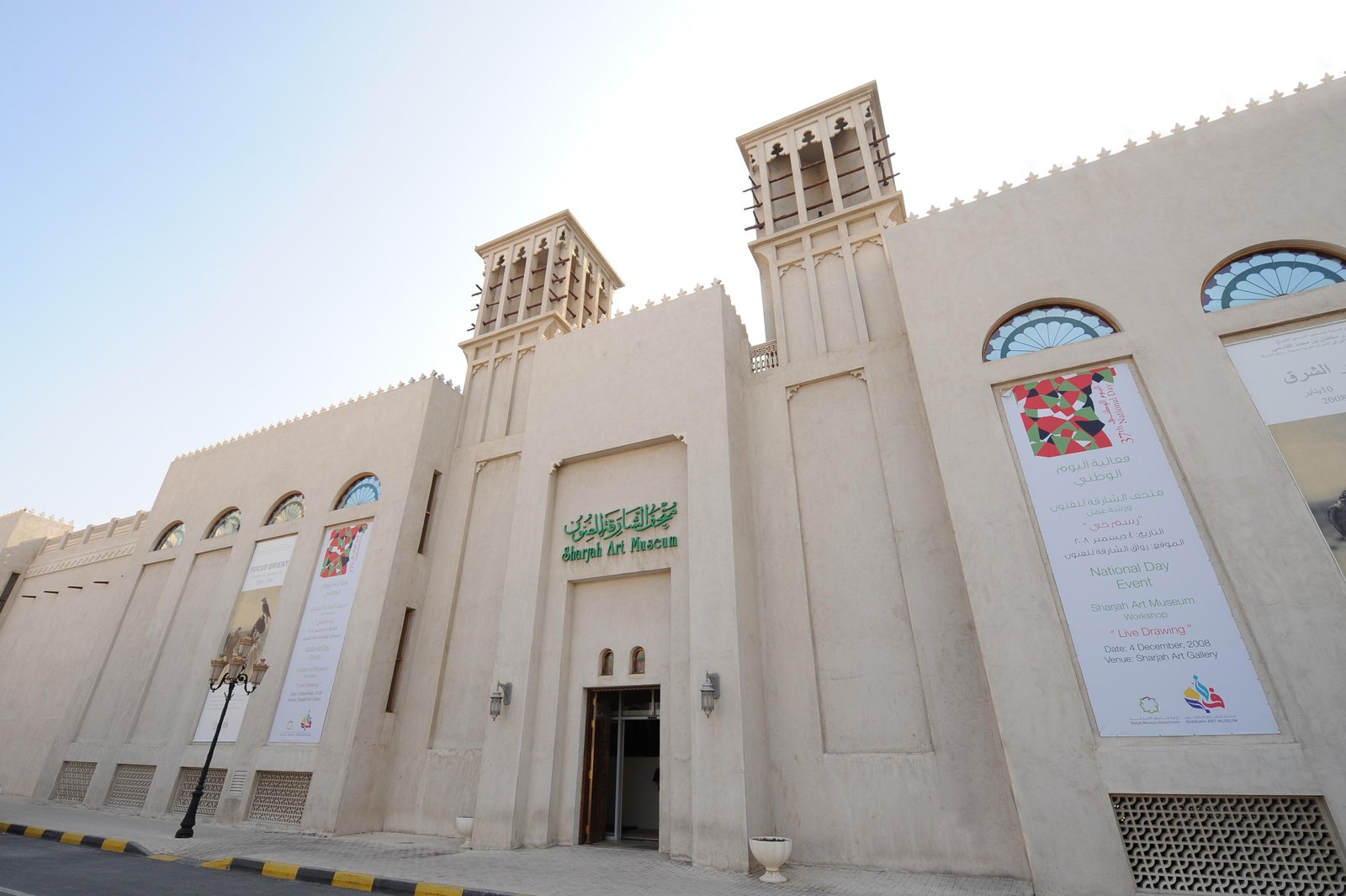
One of the most iconic structures in Sharjah is the Sharjah Art Museum, which showcases a stunning collection of contemporary Arab art. The museum, with its elegant façade and spacious galleries, serves as a vital platform for artists and art lovers alike. Nearby, the Sharjah Museum of Islamic Civilization offers visitors a glimpse into the rich history of Islamic culture through its beautifully designed exhibits and architecture that reflects Islamic aesthetics.
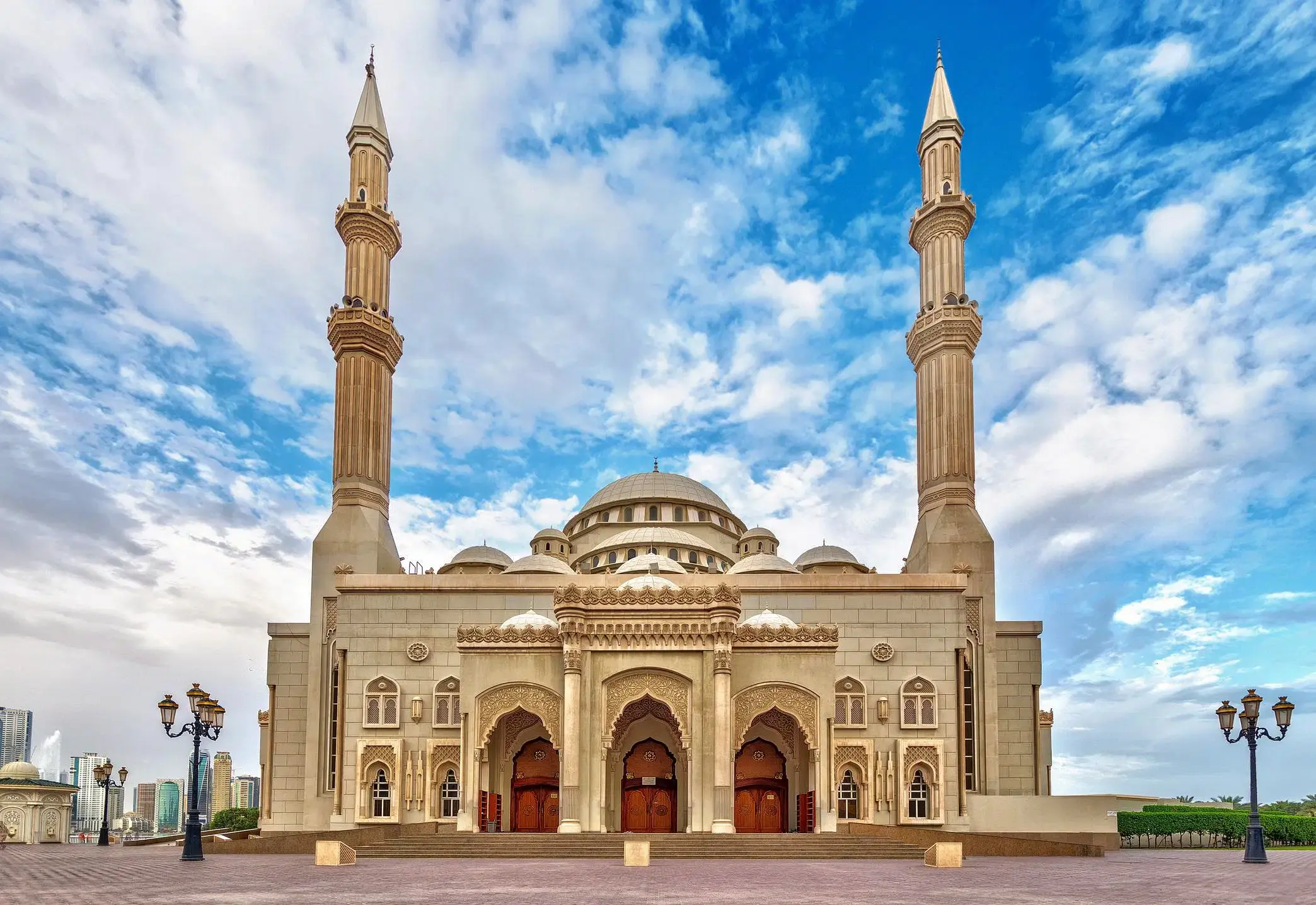
The Al Noor Mosque, inspired by the Sultan Ahmed Mosque in Istanbul, is another architectural gem. Its intricate details, grand domes, and beautiful minarets make it a significant landmark in Sharjah. The mosque not only serves as a place of worship but also as a center for cultural exchange, welcoming visitors to learn about Islam and its values.
Sharjah's heritage is further showcased in the Heart of Sharjah project, a massive restoration initiative aimed at preserving the emirate's historical areas. This project focuses on revitalizing traditional buildings, markets, and cultural sites, ensuring that the rich history of Sharjah is not forgotten amidst its rapid modernization. The old souks, with their narrow alleys and traditional shops, invite visitors to explore the local crafts and heritage.
The Al Qasba district, with its contemporary architecture and vibrant atmosphere, is a hub for entertainment and culture. The district features the Eye of the Emirates, a giant Ferris wheel that offers panoramic views of the city. Al Qasba is home to numerous restaurants, cafes, and art galleries, making it a popular destination for both residents and tourists.
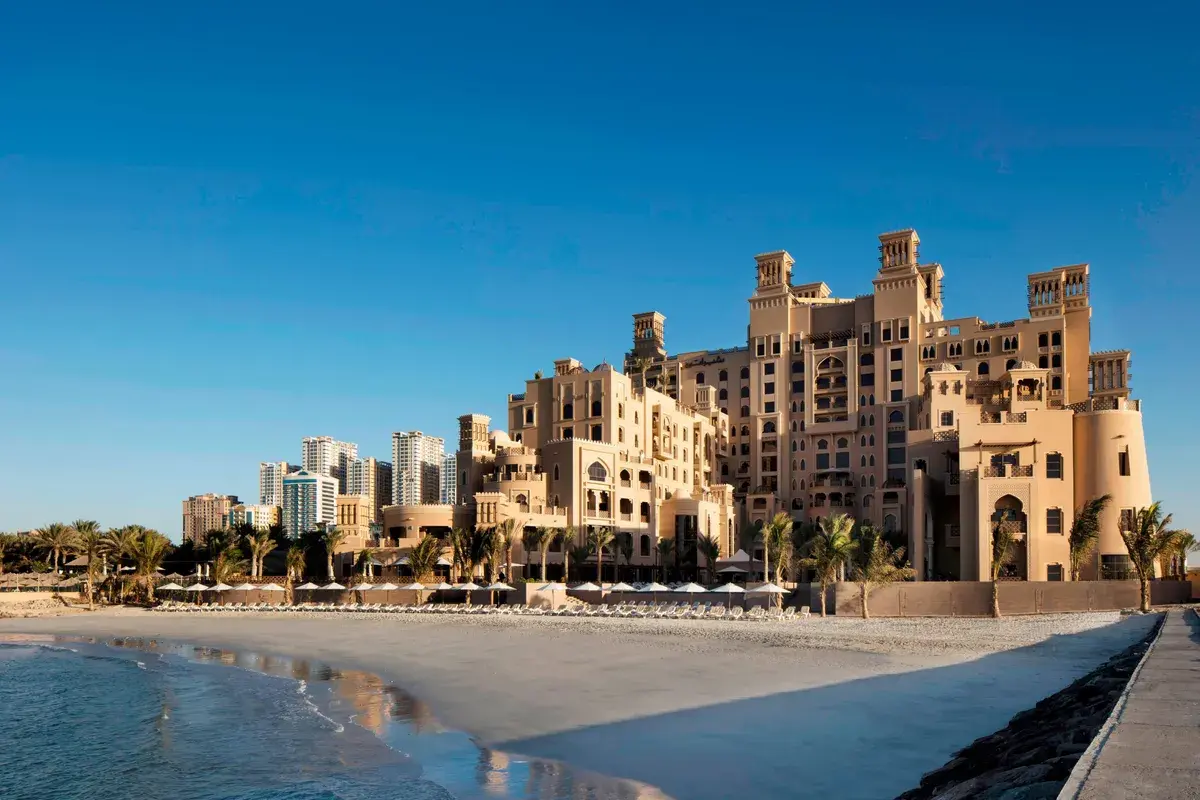
In contrast to its modern developments, Sharjah has preserved its traditional architecture in various heritage sites, such as the Sharjah Fort (Al Hisn). This 19th-century fort showcases the emirate's defensive architecture and offers insights into its history through well-curated exhibits. The fort stands as a testament to Sharjah's resilience and cultural significance.
The emirate is also home to several stunning mosques, including the King Faisal Mosque, known for its striking white façade and intricate tile work. The mosque serves as a prominent place of worship and a symbol of Sharjah's architectural beauty. Its spacious prayer halls and serene gardens provide a tranquil atmosphere for reflection and community gatherings.
Sharjah's commitment to education and culture is further reflected in the American University of Sharjah, designed by renowned architect Dr. D. S. K. Ranganath. The campus features a harmonious blend of traditional Islamic motifs and modern architectural elements, creating an inspiring environment for students.
As part of its vision for sustainable development, Sharjah has embraced eco-friendly architecture in various projects. The emirate's efforts to integrate green spaces and sustainable design principles into its urban planning are evident in parks, recreational areas, and community spaces that promote a healthy lifestyle.
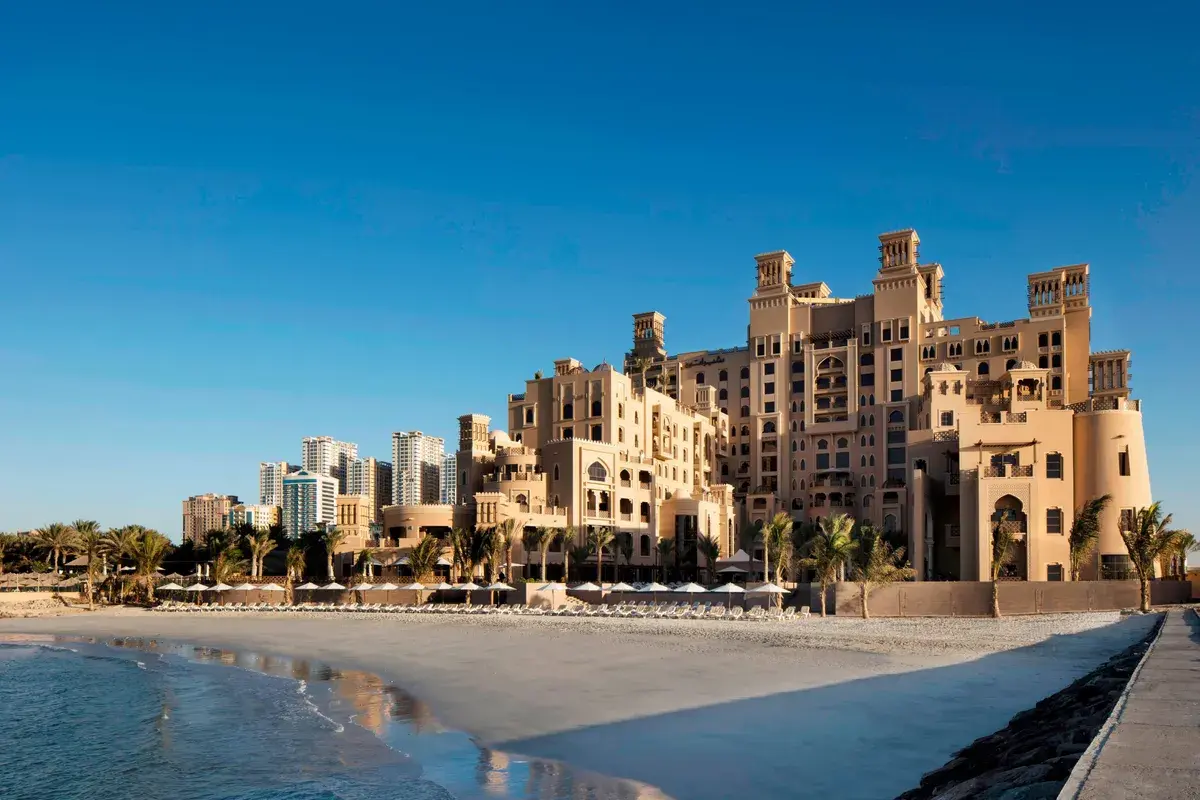
The Sharjah International Book Fair, held annually, attracts literature enthusiasts from around the globe. The event showcases the emirate's dedication to promoting literacy and education, further enhancing its cultural landscape. The fair's design incorporates modern elements while reflecting the traditional values of the region.
In recent years, Sharjah has also seen the emergence of contemporary residential developments that prioritize innovative design and sustainability. These projects often incorporate traditional elements, creating a unique architectural identity that honors the emirate's heritage while catering to modern living standards.
The architectural landscape of Sharjah is a testament to its cultural richness and commitment to preserving its history. The emirate's blend of traditional and modern design not only creates a visually appealing city but also fosters a sense of community and cultural pride. As Sharjah continues to grow and evolve, its architecture remains a celebration of its past, present, and future.
Visitors to Sharjah can explore a variety of architectural styles, from the ornate designs of traditional buildings to the sleek lines of contemporary structures. This diversity reflects the emirate's journey through time, highlighting its rich heritage while embracing the possibilities of modernity.
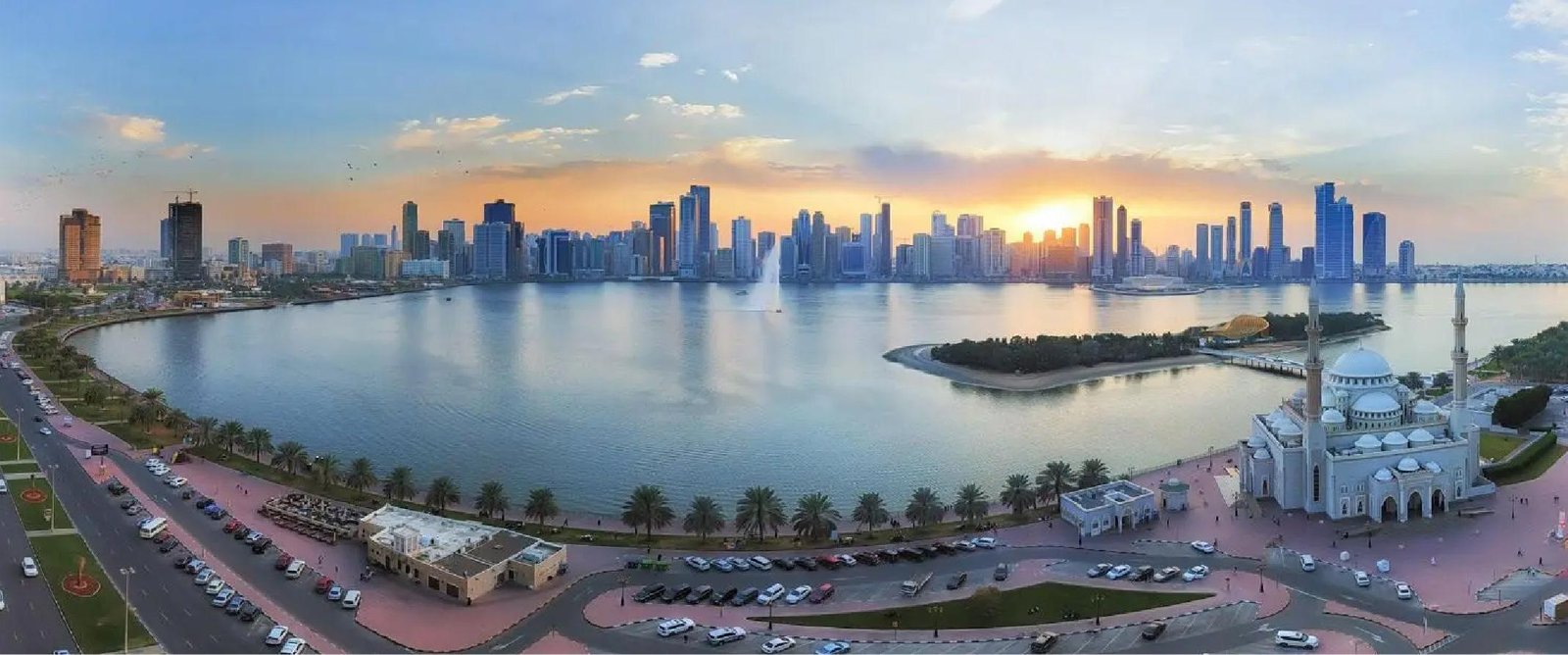
The integration of public art, sculptures, and cultural installations throughout the city further enhances Sharjah's architectural appeal. These artistic expressions add vibrancy to public spaces, encouraging community engagement and fostering a sense of belonging among residents and visitors.
Sharjah's architectural narrative is also influenced by its geographical location and climate. The use of local materials and design principles that prioritize ventilation and shade is evident in many buildings, showcasing a practical approach to sustainability that is rooted in tradition.
As a city that values education, culture, and the arts, Sharjah continues to invest in projects that promote architectural innovation while honoring its historical legacy. The emirate's commitment to preserving its unique identity amidst rapid development is a model for other cities.
Share:

